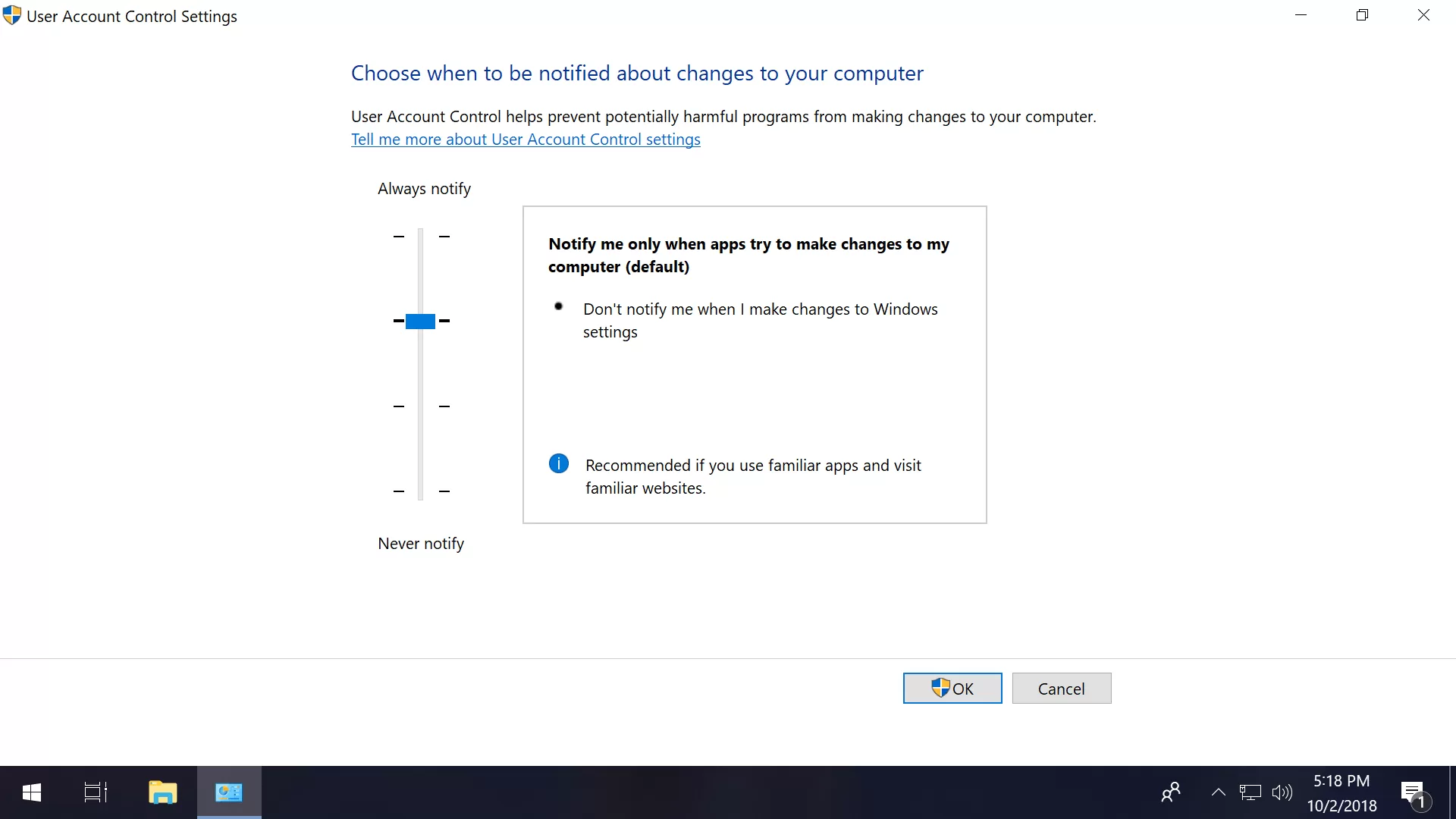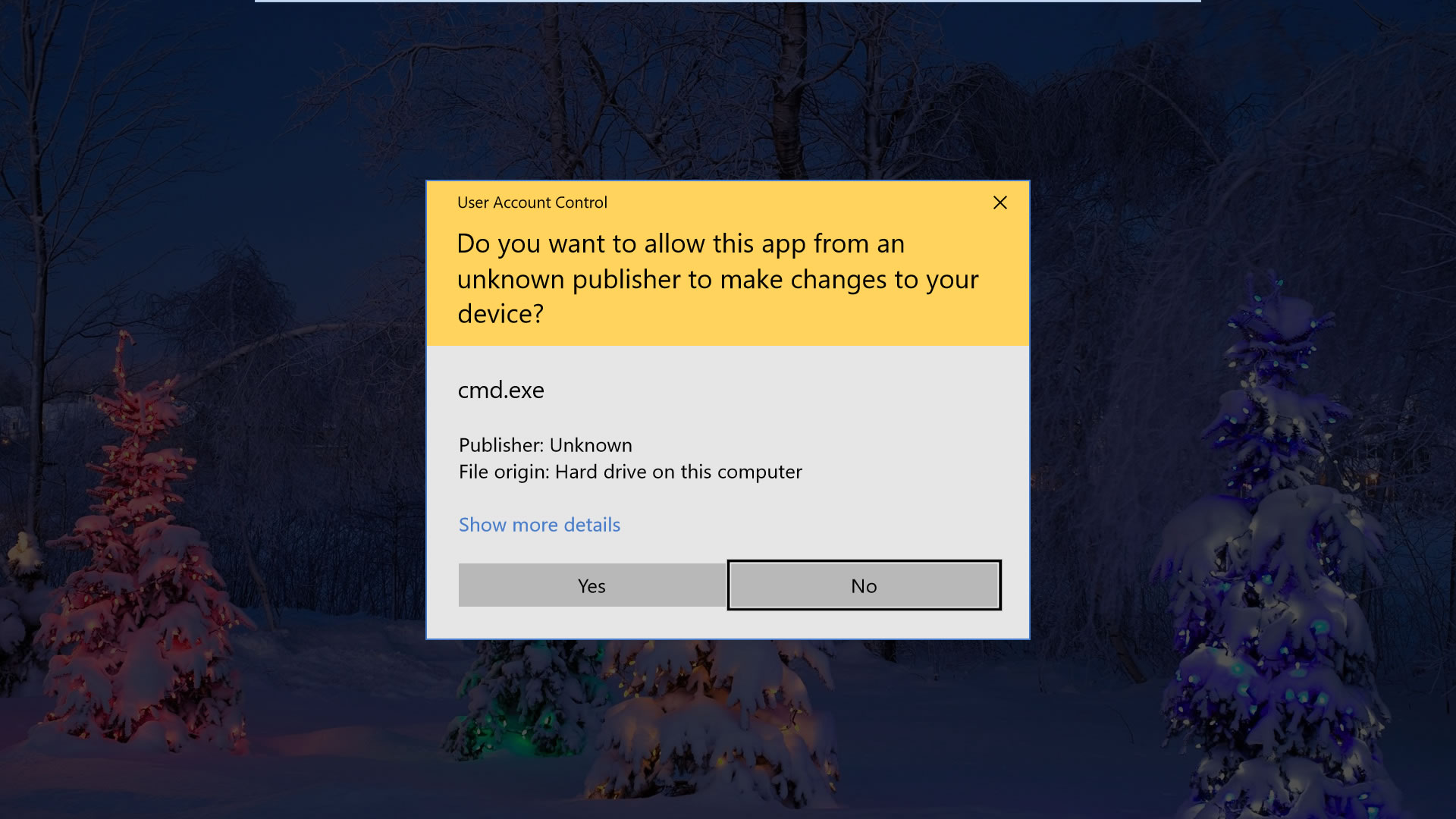
Unraveling the Mystery of 'Run As Administrator' in Windows 10
If you’ve ever heard the term 'Run As Administrator' and felt confused, you’re not alone. In the world of Windows 10, it can be hard to keep track of all the terminology, and 'Run As Administrator' is no exception. But what exactly is 'Run As Administrator', and why do you need to know about it? In this comprehensive article, we’ll explore the history and background of 'Run As Administrator', key concepts and terminology, current trends and developments, notable experts and influencers in the field, and practical tips and advice for readers.
What Does 'Run As Administrator' Mean?
At its most basic, 'Run As Administrator' is a Windows 10 feature that allows users to execute certain programs, scripts, or processes with elevated privileges. This means that the user can access and modify system settings, install or uninstall programs, and make other changes that are usually restricted. In order for 'Run As Administrator' to be enabled, the user must enter the correct credentials. After this is done, the user will be able to make system changes that would otherwise be inaccessible.
History and Background of 'Run As Administrator'
The concept of 'Run As Administrator' is not new. It was first introduced by Microsoft in Windows XP in order to provide users with increased security. By restricting access to certain system files and settings, users were less likely to accidentally make changes that could have a negative impact on their PC. In subsequent versions of Windows, Microsoft continued to refine and expand the features of 'Run As Administrator' to increase the security of the operating system.
Key Concepts and Terminology
When using 'Run As Administrator', there are a few key concepts and terminology that it’s important to understand. The first is the concept of 'elevated privileges', which refers to the ability to access and modify system settings that are usually restricted. The second is the concept of 'credentials', which refers to the user’s login information. Without the correct credentials, 'Run As Administrator' will not be enabled.
Current Trends and Developments
Today, 'Run As Administrator' is a widely used feature in Windows 10. It is one of the primary methods for providing users with increased security and control over their system. Microsoft continues to refine and expand the features of 'Run As Administrator' in order to make sure that users have the most secure and up-to-date system possible.
Notable Experts and Influencers in the Field
When it comes to 'Run As Administrator', there are a few notable experts and influencers in the field. Microsoft is the primary creator and maintainer of 'Run As Administrator', and the company continues to be at the forefront of the feature’s development. Additionally, there are a few third-party developers who have created tools and software designed to help users get the most out of 'Run As Administrator'.
Practical Tips and Advice for Readers
If you’re new to 'Run As Administrator', then here are a few practical tips and advice for you:
- Make sure that you’re entering the correct credentials when attempting to enable 'Run As Administrator'. If you enter the wrong credentials, then 'Run As Administrator' will not be enabled.
- Be aware of the changes that you’re making when using 'Run As Administrator'. Certain system changes can have a negative impact on your computer, so it’s important to understand what you’re doing before making any changes.
- If you’re having trouble using 'Run As Administrator', then consider using a third-party tool or software. There are a few third-party options available that can make using 'Run As Administrator' easier and more intuitive.
Conclusion
At its most basic, 'Run As Administrator' is a Windows 10 feature that allows users to execute certain programs, scripts, or processes with elevated privileges. By understanding the history and background of 'Run As Administrator', key concepts and terminology, current trends and developments, notable experts and influencers in the field, and practical tips and advice for readers, you’ll be better prepared to use 'Run As Administrator' in Windows 10.

Image :
techspot.com
Detail Information Video
If you're wanting to know more about the subject explored in this write-up, I recommend watching the attached video. In this video, you'll acquire extra insights and knowledge on the topic, as well as a visual representation of some of the main ideas and notions covered in the write-up. You'll also have the opportunity to get insights from professionals in the field and connect with like-minded viewers who are enthusiastic in the same subject. Whether you're aiming to deepen your comprehension of the topic or simply want to investigate it further, this clip is a useful resource for anyone curious in acquiring more information. So, if you want to gain a more comprehensive understanding of the subject, be sure to watch the video below. It's certain to give you the insight and information you need to expand your knowledge and expertise.
As we conclude, About this topic What Does Run As Administrator Mean In Windows 10 our hope is that you have found the details presented insightful and informative. It is understandable that our environment is constantly developing, and remaining updated with current updates can be tough. That's why our mission is to offer you with the most content out there. Your feedback is vital to us, therefore kindly do not hesitate to leave your thoughts in the comments section. Thank you for your readership and suggest you to explore other pieces on our website to widen your knowledge even more. Many thanks for being a part of our community!

Post a Comment for "What Does Run As Administrator Mean In Windows 10"